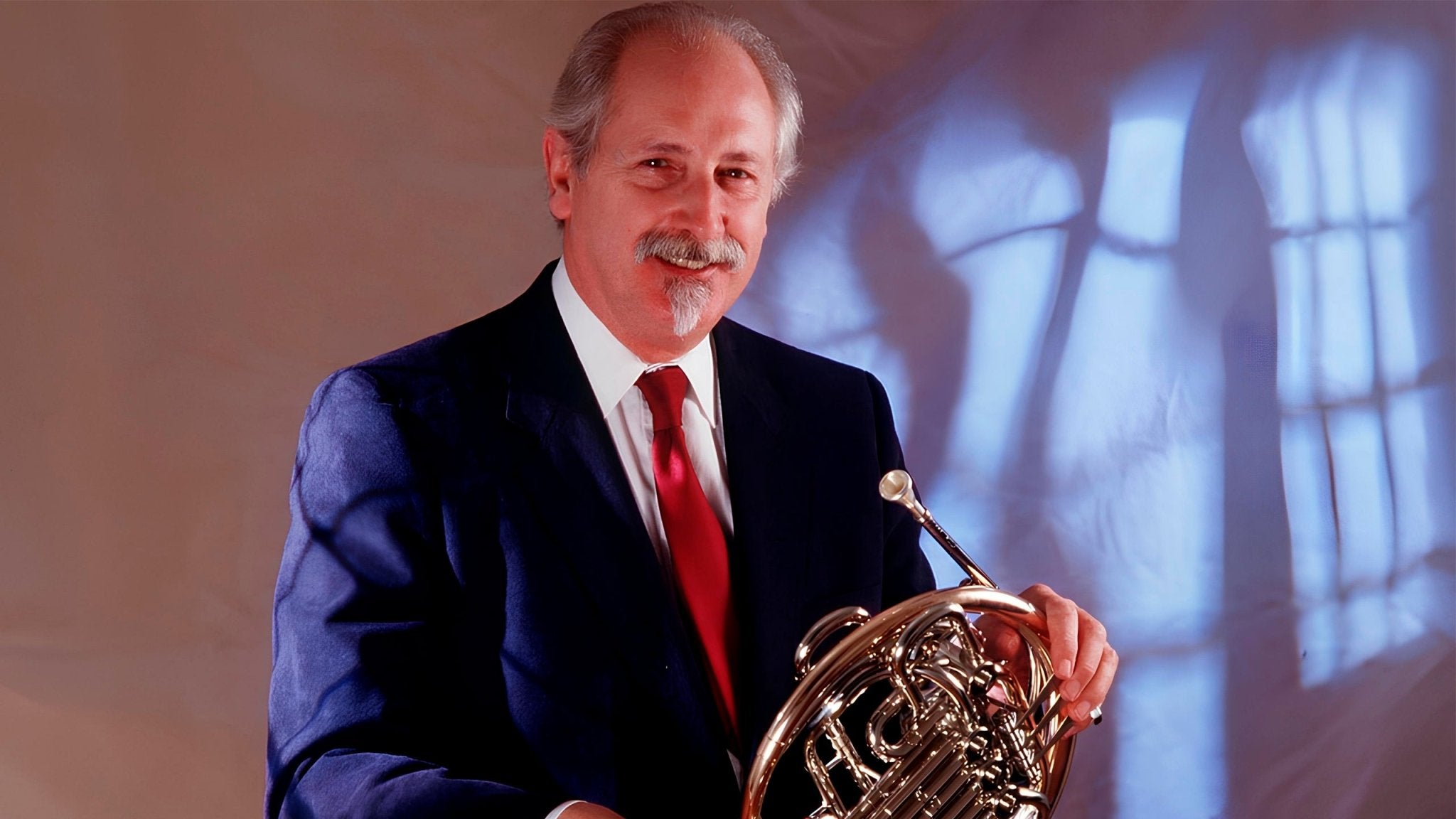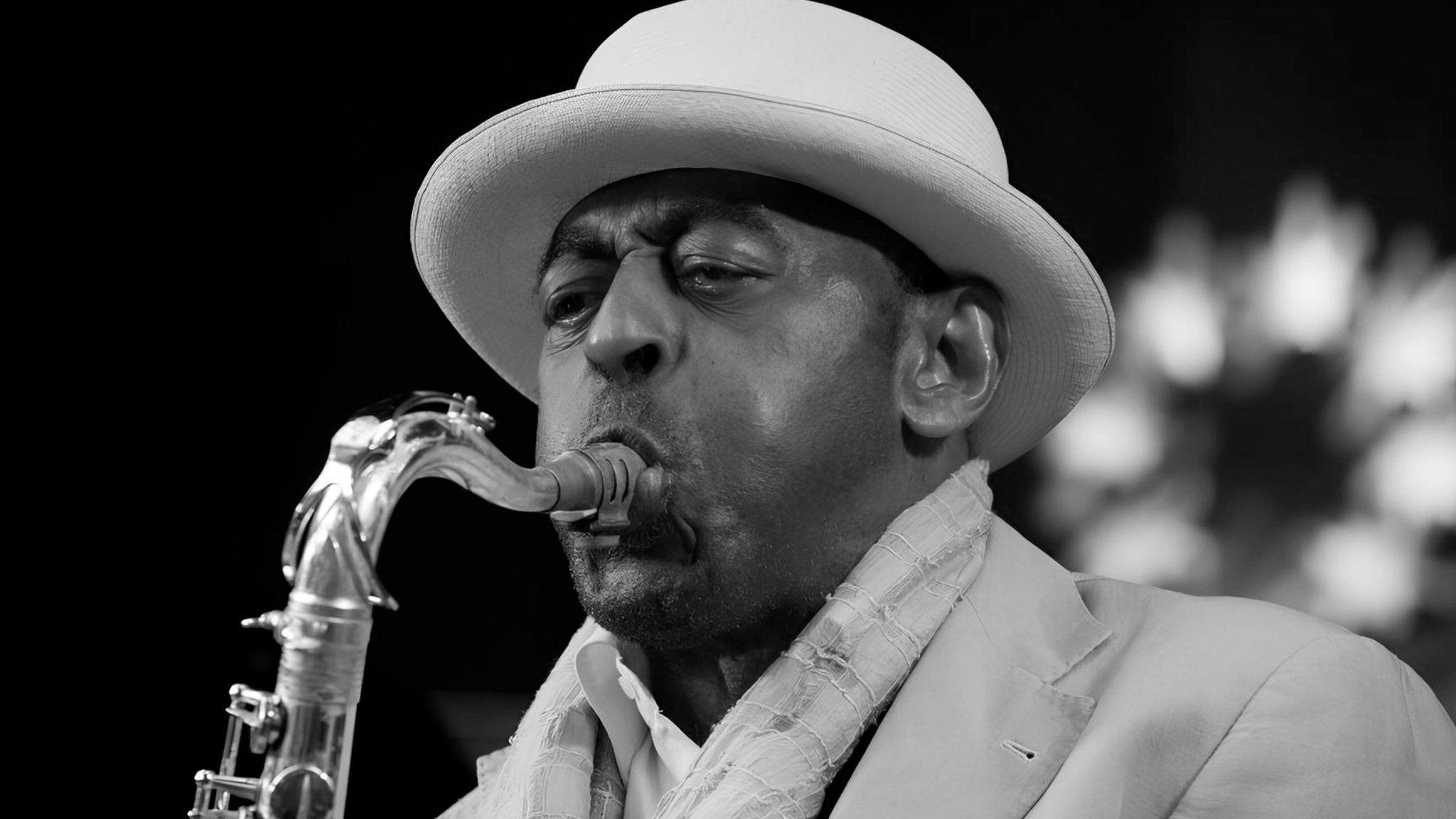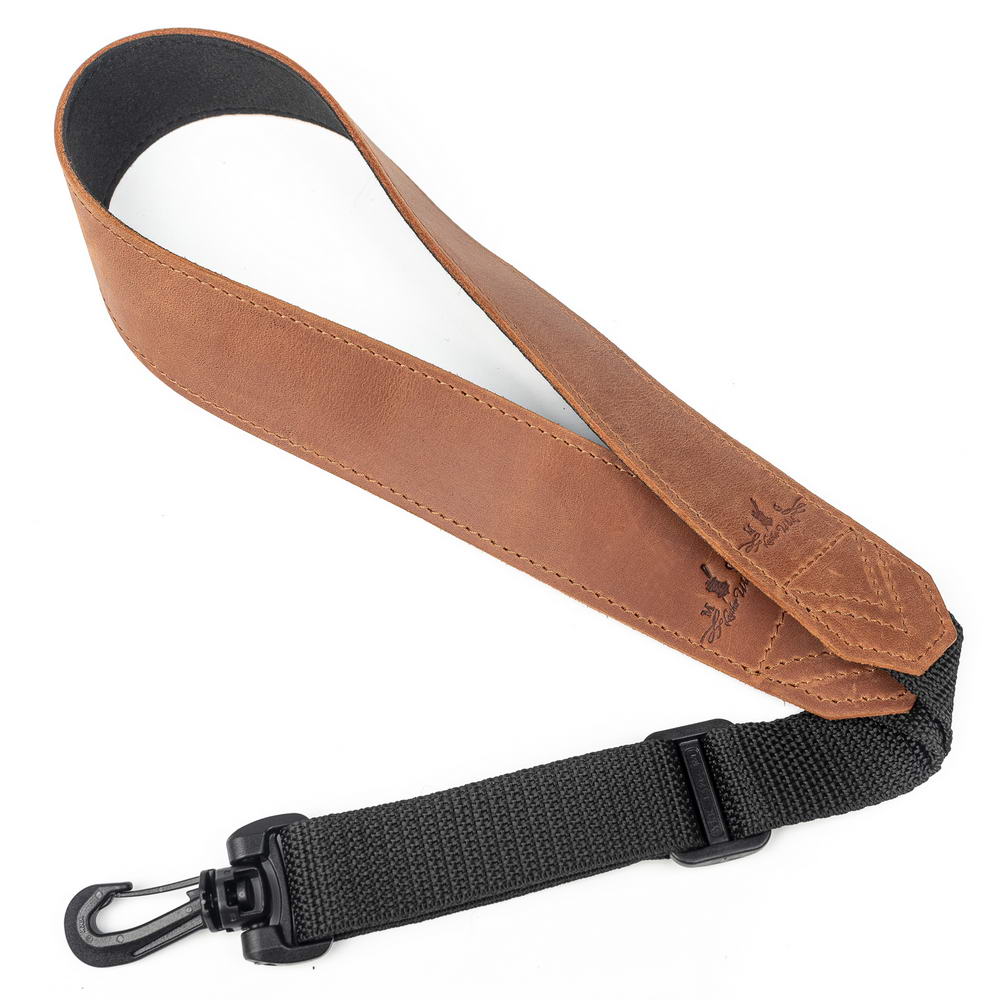
Charlie Parker: Life, Career, Collaborations and Contribution to Jazz

American saxophonist Charlie Parker is often credited as the musician who changed the direction in music and laid the basis for modern jazz. His name is synonymous with the bebop movement, as he is considered one of the founders of this complex and fast-paced jazz style. In this article, we will explore key facts about Charlie Parker’s life, musical career, contribution to jazz and his most notable collaborations with other jazz greats.

Early Years of Charlie Parker
Born on August 29, 1920, in Kansas City, Kansas, and died on March 12, 1955, in New York City, Charlie Parker is still regarded as one of the most talented and notable artists in the history of jazz. His style was full of fast passages, a combination of new and existing melodies, advanced harmonies, and virtuosic skills. He significantly contributed to the fact that jazz musician can be not only an entertainer but also intellectual.

Parker began playing the saxophone at a young age, when he was 11 years old. He was provided with a musical background, as his father was involved in music, playing piano, dancing and singing in the African American vaudeville circuit. When Charlie started attending the local Catholic school, he also began to sing in the choir, however had to quit it because of the consequences of Great Depression and his father’s addiction to alcohol.
His mother bought him an alto saxophone when he was 14 years old and studied at the Lincoln High School. After leaving school, Parker decided to devote all his time to music with an idea of a musical career.

First, he played with local bands in his native Kansas City and nearby. During that time, Charlie enthusiastically learned from more experienced players. An interesting incident occurred during his performance with the one of the most notable big bands of the swing era, the Count Basie Orchestra, when Charlie became so immersed in improvisations that he lost his place in chord progressions. That was not what musicians expected, so they forced him to leave the stage. This situation didn’t kill his desire to become the advanced player, instead, inspired him to refine his skills. After that incident, Parker ambitiously practiced with improvisations, devoting up to 15 hours a day to music. That routine continued for three or four years.
In 1936, during his travel to Musser's Resort with the Kansas City band, he had a near-death car accident resulted in serious damage to his three ribs and spine, and his early addiction to opiates. Despite the dark memories associated with that place, he returned there to work on his sound and practice. There he collaborated with a pianist and guitarist to refine his skills of improvisation over chord changes and playing solo across scales.

Charlie Parker in New York City
The musician started to gain recognition after he had moved to New York City in the late 1930s. Although he also worked part-time to earn money, he actively engaged in Buster Smith’s band. Also, he lived in a saxophonist’s apartment for half a year.
The great improvisational skills impressed many musicians from the local scene. It was New York where Charlie Parker laid the foundation to a new jazz style later known as bebop. As the musician explained in interviews, he brought the novelty when he felt too bored with ordinary things played again and again. He incorporated higher intervals of a chord as a melody and supported them with harmonically related changes.

Charlie Parker’s Collaborations
Charlie played with Jay McShann’s band throughout the summer, after he returned to Kansas City in 1940. The band played their concerts in clubs of New York City and Chicago. During that time, Charlie Parker was introduced to American jazz trumpeter Dizzy Gillespie. Parker made his first professional recording with McShann’s band, however, not all Parker’s ideas were appropriate for McShann’s band, so he joined young musicians who performed in late-night clubs to have more freedom for his musical experiments.

After he left McShann’s band in 1942, Parker began to play with Hines, with whom Gillespie also played. They have made several recordings. That was the period when two future prominent musicians developed a new style – bebop, which initially didn’t gain too much attention from radio stations. Parker’s friendship with Gillespie significantly contributed to his development as the composer, as Dizzy started to write down Parker’s solos as melodies.

Later, Charlie even established a small band with Gillespie. It was a group featuring a new format since they didn’t have a rhythm guitarist for rhythmic backing and were racially integrated. This allowed soloists to break free from harmonic and rhythmic restrictions. It was the group whose music was described as bebop for the first time. Back then, many musicians considered it a serious threat to jazz of that time.

Charlie Parker and his Solo Career
During 1945-1953, Charlie Parker was actively engaged in a solo career, collaborating with Dizzy Gillespie, jazz drummer Max Roach, trumpeter Miles Davis, bassist Curley Russell. He had his “greatest jazz sessions” for an American Record Company, Savoy Records. Later, in 1946, he also recorded for Dial Records, which specialized in bebop jazz, and that was followed by a physical breakdown. During his travel to Los Angeles, he used heroin and even wrote one of his compositions specifically for a local drug dealer. Charlie Parker spent six months in Camarillo State Hospital, known as the hospital for patients with mental illnesses.

After he came back to music, he was healthy and free from his addiction, however he relapsed after he returned to New York in 1947. He frequently recorded for Savoy and Dial Records during that period and established a quintet. Later he signed the deal with Mercury Records that brought new opportunities for him as he had a chance to collaborate with musicians engaged in various genres. He recorded a successful album with Gillespie called “Bird and Diz” and toured with his band across Europe. He also frequently played live-concerts in New York City, however due to the racial discrimination he could not achieve more than he had already achieved.
Conclusion
It’s unquestionable that Charlie Parker’s influence on jazz was huge, as he was among the pioneers of the bebop movement. He entered the history of jazz as the musician who changed the direction of this genre. Parker has been honored in numerous ways, including a Grammy Award, induction into the Jazz Hall of Fame, the release of a postal stamp, etc. His music continues to inspire contemporary jazzmen with its energy and improvisations.

Discover interesting facts about other musicians, such as Barry Tuckwell, Tommy Dorsey, Paul Chambers, and others.
If you’re interested in buying high-quality saxophone accessories, please visit our woodwind category featuring gig bags, mouthpiece pouches, neck pouches, neck straps and other useful items.
If you want to save cost, don’t miss our special offers.


























 https://mgleatherwork.com/pages/about-us
https://mgleatherwork.com/pages/about-us





Leave a comment
This site is protected by hCaptcha and the hCaptcha Privacy Policy and Terms of Service apply.